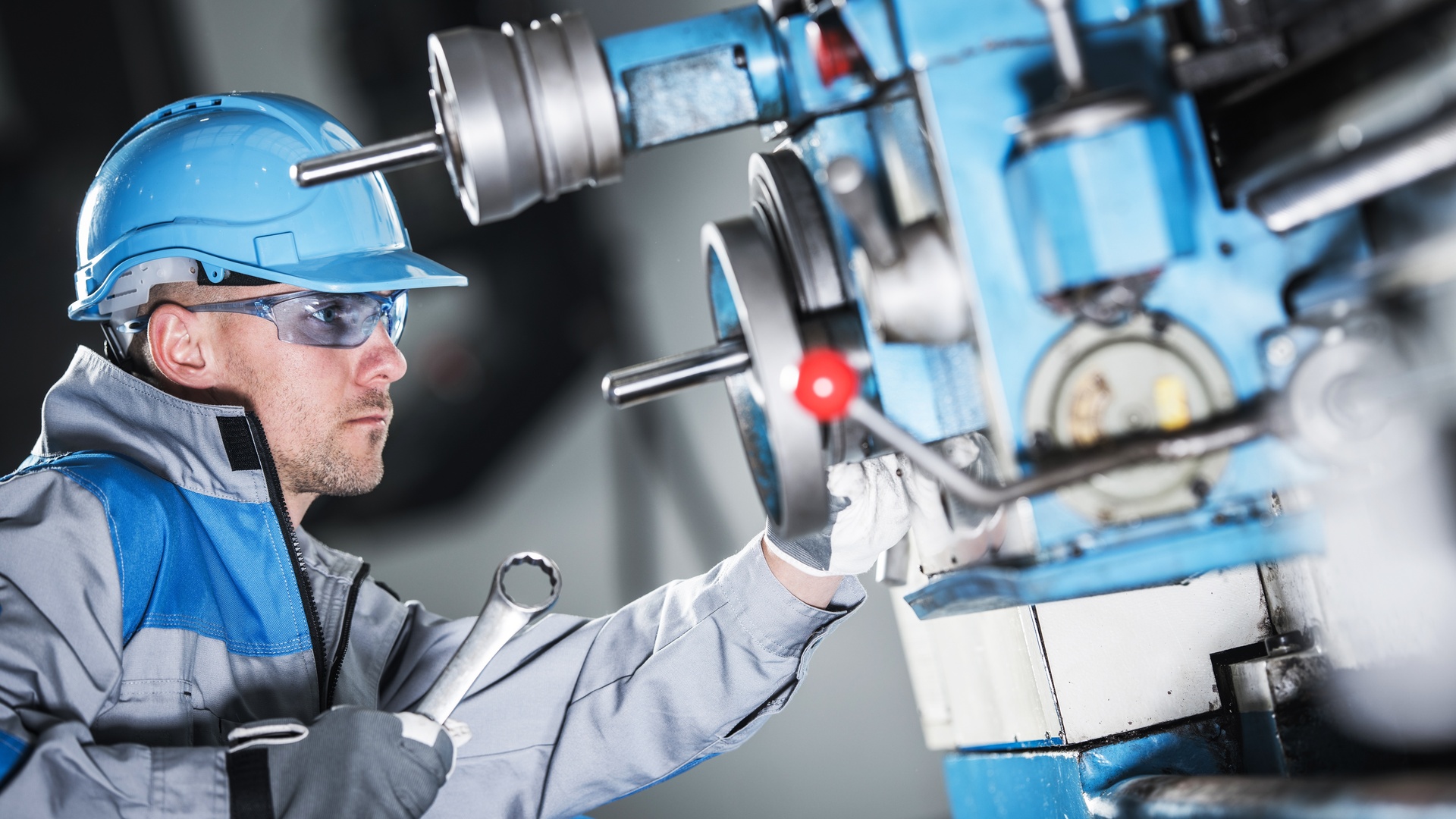Tips To Maintain Your Automated Machines

Your automated machines work around the clock, but they need regular care to stay productive. Proper maintenance prevents costly breakdowns and keeps your operation running smoothly. Smart maintenance practices can extend automated equipment life by years while reducing unexpected downtime that hurts your bottom line.
Check Lubrication Points Daily
Oil and grease keep moving parts functioning correctly. Check lubrication levels every shift and top off as needed. Different components require specific lubricants, so always use manufacturer-recommended products. Before applying fresh lubricant, you should clean any old grease out of the fittings to prevent contamination.
Temperature changes also affect lubricant viscosity. Monitor how your machines perform in different conditions and adjust lubrication schedules accordingly. Heavy-duty operations may need more frequent attention than lighter workloads.
Monitor Belt Tension and Alignment
Belts that run too loose slip under the load, while overtightened belts stress bearings and motors. Check tension weekly using proper gauge tools rather than guessing by feel. Misaligned belts wear unevenly and create vibrations that damage other components.
Replace worn belts before they fail completely—a planned belt replacement costs far less than emergency repairs when production stops. It helps to keep spare belts on hand for critical machines.
Clean Sensors and Switches Regularly
Dust and debris interfere with sensor accuracy. Clean photoelectric eyes, proximity sensors, and limit switches weekly with appropriate solvents. Also, use compressed air to blow out electrical enclosures, but avoid forcing moisture into sensitive components.
Sensor drift happens gradually and may not trigger alarms until problems become severe. Calibrate sensors according to manufacturer specifications and document readings to track performance over time.
Inspect Electrical Connections Monthly
Loose connections create heat and arcing that will eventually damage components. Check terminal tightness monthly using proper torque specifications, and look for discolored wires or burnt insulation that indicates overheating problems.
Vibration loosens connections over time, so pay special attention to control panels and junction boxes mounted on moving equipment.
Track Performance Data
Modern automated equipment generates valuable diagnostic information. Review error logs weekly to identify recurring issues before they cause failures. These performance trends reveal when components need attention.
Document all maintenance activities with their dates and observations. This way, you can predict future maintenance needs and have an easier time troubleshooting problems. These maintenance tips for automatic strapping machines and other automated equipment create a foundation for reliable operations.
Schedule Professional Inspections
Some maintenance tasks require specialized knowledge and tools. Schedule annual inspections with qualified technicians who understand your specific equipment. Professional inspections catch problems that routine maintenance might miss.
Calibration of complex systems needs proper test equipment and training. Attempting advanced procedures without expertise often creates more problems than it solves.
Your Path to Reliable Operations
Consistent maintenance of automated machines separates successful operations from those plagued by unexpected breakdowns. Start with daily checks, build weekly routines, and schedule monthly deep inspections. Your automated machines will reward this attention with years of dependable service and maximum productivity.








